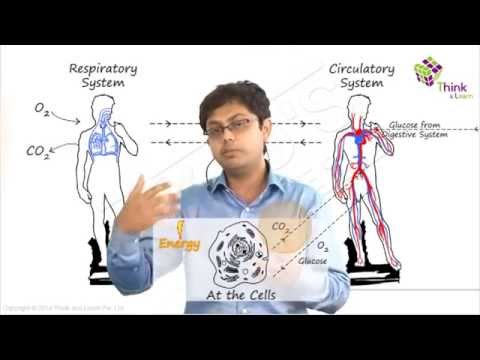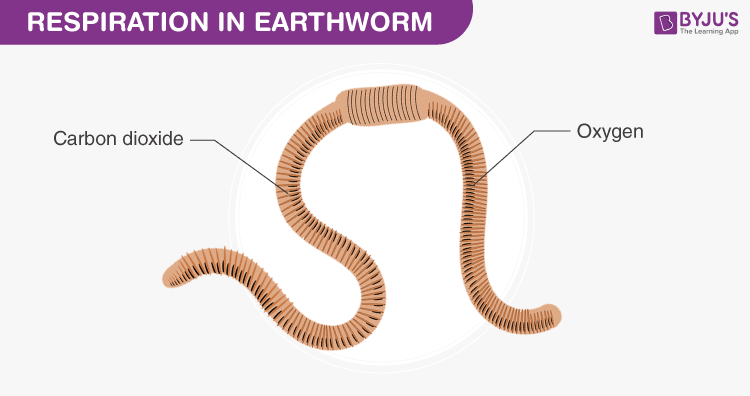
Respiration is a metabolic process which is carried out in all living organisms. This process mainly involves the synthesis of energy, with the intake of oxygen and the liberation of carbon dioxide from the oxidation of complex organic substances.
Insect Respiratory system is not the same as the respiratory system in humans. Animals like cows, birds, snakes, lions, elephants, including humans, have lungs as their primary respiratory organ. In these animals, lungs are dedicated to exchanging air with the aid of nostrils, nasal cavity, and the windpipe. Insects and worms do not possess lungs to perform their respiratory function. Hence, in worms and insects, breathing occurs through a different system of respiratory organs.
Let us learn in brief about the Respiration process in Insects – Cockroach and Earthworm
Respiration in Cockroach
In cockroach, respiration occurs through spiracles – a small opening on the sides of its body. When air through external openings, enters into its respiratory system, spiracles serve as muscular valves paving way to the internal respiratory system. The respiratory organ of cockroach is referred to as tracheae.
The trachea is a dense array of a network of air tubes found in the internal system. Tracheae are known to balance the pressure inside the system. When oxygen-rich air enters into the body of the cockroach via spiracles into the tracheal tubes, it diffuses into various tissues and cells of the body. Here, oxygen is used up to liberate energy. Likewise, carbon-dioxide rich air passes into the trachea and moves to the outwards through the spiracles. Carbon dioxide is given out as a result of the respiratory process.

Respiration in Earthworm
Have you ever touched an earthworm?
The skin of the earthworms feels moist. That is why they are called slimy creatures. The reason behind their moist skin is that earthworm’s breathing organ is their skin. Air can easily pass through the skin of an earthworm. The exchange of gases usually takes place through its moist skin and capillaries. In these regions the oxygen gas is picked up by the haemoglobin dissolved in the blood and carbon dioxide is released out. Earthworms can also use their skin to move water and salts by active transport.
Interestingly, frogs can also use their skin to breathe. Although frogs have a pair of lungs to perform respiration, they often breathe through their skin.

Stay tuned with BYJU’S to learn more about Respiration and its process in Cockroach, Earthworm and other species.

Nice and useful information from Byju’s always
It’s a very helpful aap